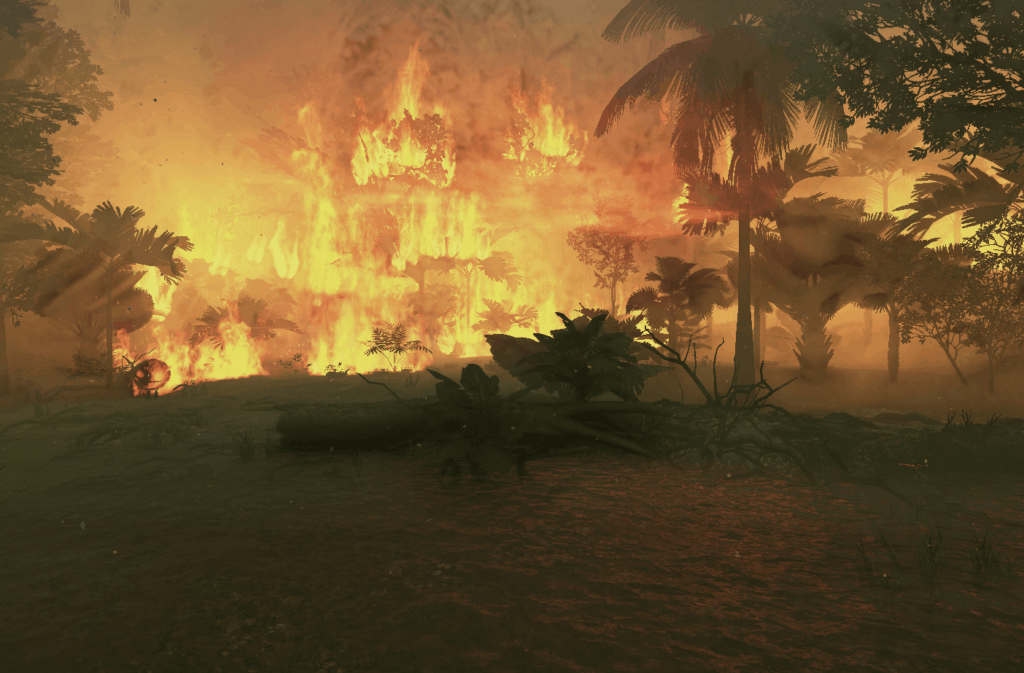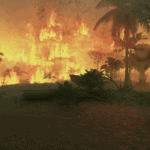At the World Economic Forum in Davos, Switzerland, this past January, the movers and shakers of the financial, government and tech worlds discovered a novel addition to the usual meetings, lunches and presentations: a fully immersive virtual tour of the destructive fires affecting the Amazon Rainforest.

The Virtual Reality experience is called Be Earth 13. Produced by the non-profit organization XR Impact in association with Oculus and the Swedish International Development Cooperation Agency (SIDA), it uses immersive technology to create projects based on UN Sustainable Development goals—and, just maybe, to change some people’s perspectives.
“As a participant, you embody Earth on a journey from space, to the Amazon rainforest, witnessing the ongoing deforestation,” explains Ylva Hansdotter, founder of XR Impact and one of the minds behind Be Earth 13. Over the course of between 10 and 20 minutes, participants move through burning jungle to experience the sights and sounds of the world on fire, and then through the aftermath, walking over scorched, smouldering earth and feeling the scope of the destruction.
The images and sounds are designed to create empathy, as well as a connection between the event and the user. Hansdotter says this type of experience has particular qualities that, when harnessed for the social good, can change the way people think about the world. In her words, VR is a great tool for bringing the perspectives of other people and beings to you, via a medium that allows you to experience their actions in a meaningful way. Hansdotter refers to the concept of embodied cognition—the instant and powerful mind/body connection that this level of sensory input produces. You can feel the motion and hear the sounds, so your mind fills in the gaps the system doesn’t provide.
The XR Impact team is keen to point out that some studies have shown a direct correlation between VR programs and concrete changes in behaviour, attitude and empathy. Post-experience interviews at the Davos event pointed in this direction. Participants spoke of feeling connected to the jungle and the fires, and were emotionally moved by being dropped into the heart of the fires and their aftermath.
As the climate crisis escalates, access to these kinds of experiences, and the technology required to create and view them, could be instrumental in helping people understand the gravity of the situation and respond with urgency. The creators of XR Impact believe VR has huge potential as a
tool for change: whether walking over the melting permafrost of the Canadian North, or witnessing the swirling gyre of plastic waste that covers hundreds of square kilometres of the Pacific Ocean, this system can bring people up close and personal with the flashpoints of the unfolding climate emergencies that are facing all of us worldwide.
In the world of VR, which continues to emerge and evolve, it can be tough to get projects to market: to date, there are no confirmed details on timing for the official public release of Be Earth 13. (To watch it now, you need an Oculus Rift S with Leap Motion hand tracking.) But XR Impact hopes to have the experience available in cities around the world by 2030, with parts of the program available to schools and museums by the end of this year. Because the climate crisis may be a rare instance in which our technology can’t move fast enough to keep up with a changing Earth.
